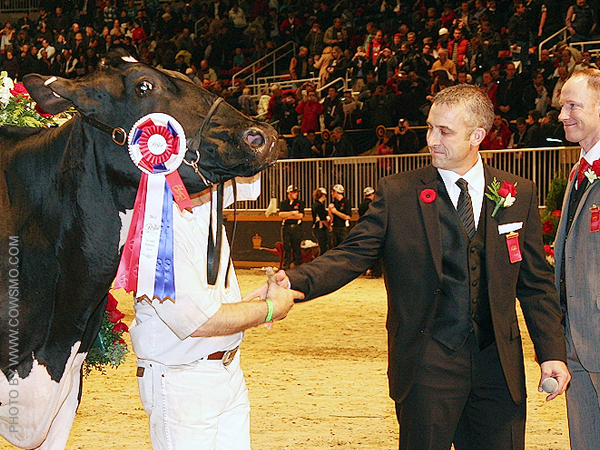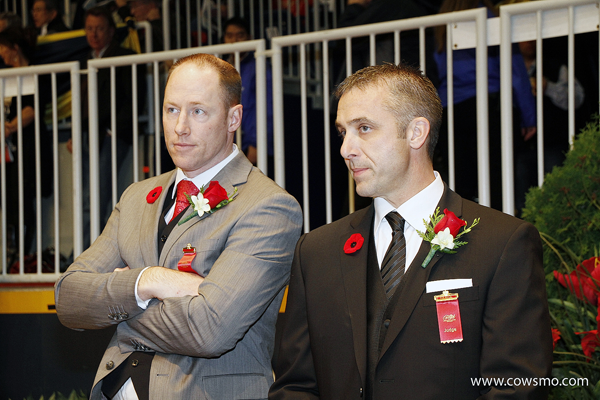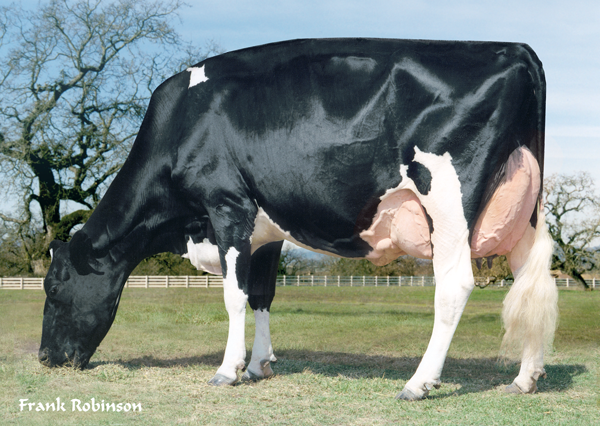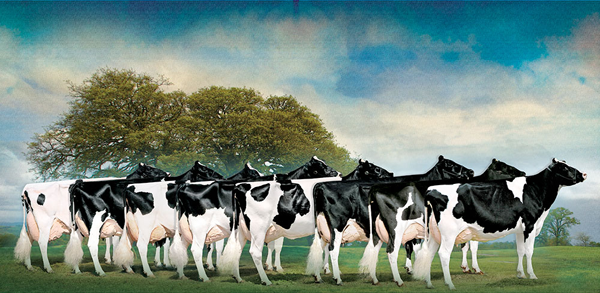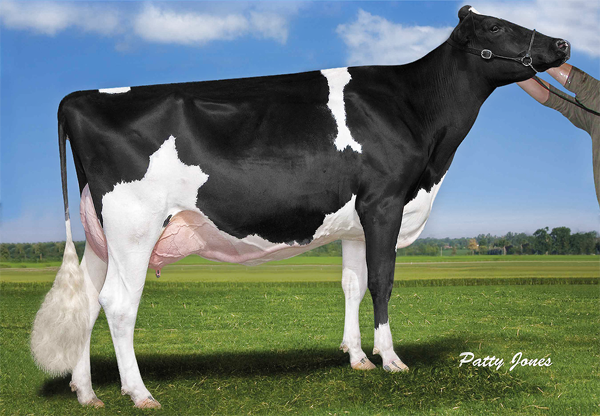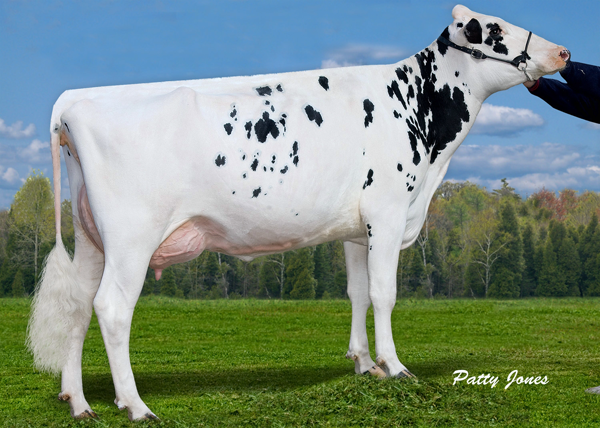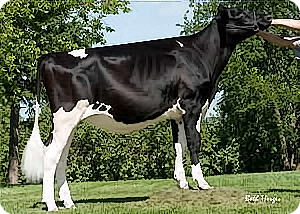In the day to day business of dairy breeding there is one thing breeders use most but often take for granted: the Name. Every great breeding – bull or heifer – starts and builds from the name. The average Canadian dairy farm has 175 cows and replacements. This means you could be looking at almost 1000 unique names over a ten year period. The potential for making a marketing statement every time someone walks through your barn and reads the sign above each individual is not to be overlooked.
In corporate board rooms, much strategy is placed on choosing the name for products. Success is built upon name recognition and communicating with the customer. “But this is a dairy farm not a board room!” you say. Do you have a product? Do you need customers? Do you want to make a profit? Answering yes to any of these questions means that the right name on the right animal will have an impact. However, the time to be considering the best name for your new arrival is not at two in the morning when there is a big day of field work, a cattle show or any of the myriad other details that are part of the business of dairy farming. Keep the paperwork flowing! For some this process is intimidating, or at the very least, irksome. For others it’s a family undertaking that every generation has an opinion on – sometimes even crossing provincial and country borders to make sure their input is on the record. Here are a few tips to help you get started.
#1 Make it Memorable
Do pick a name that is memorable – not only for possible customers but for yourself. We all know how impressive it is when a dairy breeder in the barn, in the field or just in conversation has complete command of animal names. This means choosing them in a way that works for you. You might base your naming on a distinguishing characteristic (Velvet), outstanding trait (Milky) or something new to your breeding line (Opportunity). When it’s memorable to your customers they will become part of your promotion team. You never want them to struggle to remember “Sornostri”. If it’s difficult to remember, it is counterproductive.
#2 Stand Out
In today`s competitive global marketplace, standing out from the crowd is becoming one of the most important aspects of the dairy breeding business. Make sure that list that is always being tweaked and added to contains those words and terms that people are looking for. Use a thesaurus, popular advertisements, famous sports terms or even cars to drive your name home with your customers. Today car companies take a positive word and add a vowel to it: Astra; Innova; Sumo; Omni. This works for cattle too! But I would not choose Typo!
#3 Know Your Customer
You can’t expect to sell to everyone, so narrow down your client list and make your names appeal to that group. Are they looking for type? Longevity? Or simply fame and fortune? There are names that sell the features of each of these market niches. All it requires is some research, forethought and preparedness and, when that star is born, you’re ready with the perfect name – perhaps borrowed from a real movie star (Gaga) or from heavenly stars (Galaxy). Once you have identified your target market or niche groups, the sky’s the limit.
#4 Focus on Your Strengths
Make sure, if you’re choosing descriptive words for names, that they are ones that describe what you’re selling. You are not limited and may already have a lineup that includes “Incredible” and “Invincible”. Everyone in the milk business has bred a “Milky” at some point. If you are a trend leader, you might want to sign up the “Gene” family who could include “Encore” “Copycat” and “Repeater”. If fertility is your focus don’t miss “Isis” – the goddess of fertility. Mythology is a great resource for names. On the other hand, don’t use misleading terms unless you’re very sure how you’re going to market that all white cow that you have named, “Midnight”!
#5 Make it Marketable
Advertising is easier when the name is visual. If your farm already has a picturesque name then you can focus on enhancing that as your brand. “Spring” “Stream” “Wood” “Hill” or “Mountain” immediately present a picture. When you’re running to a deadline and a harried editor is pinning you down to your “message”, it will be much easier if you have considered this aspect of the business and already have a plan in place. When that new calf is curled up in the straw, that’s a good time to consider the sales promotion, “Put Magic in YOUR barn!” or use colourful money imagery, “Take Goldie all the way to the Bank!” Picking the right identifier from the start prevents headaches later.
How Hard Can It Be?
Just like everything else that can have a positive effect on your business, naming can also pose some difficulties.
As the creative juices get flowing, you may recognize that controversy can be promotional. However, DO NOT pick a name that is offensive or promotes illegal activities. This may work for your favourite rock band but “ROAD KILL” might not be the best association to bring to your herd.
Once you have picked a name, try to keep an open mind. Sometimes you have so much invested in the naming process that it becomes a hurdle in negotiating with an A.I. stud. You are so sure that the name you have chosen is a winner that any modification seems like an attack on you personally and your breeding. However, as we are discussing in this whole process of naming, the job isn’t done until the sale is made. It isn’t a competition between you and the A.I. company but teamwork that is going to get your animal selling in the biggest marketplace possible. Furthermore, they know things like “Nova” means “No Go” in Spanish. I bet GM wish they had considered that!
The Name of the Game
In business branding legend Marty Neumeier says that good names have 7 characteristics. They should be distinctive, short, appropriate, easy to spell, pronounce, likable, extendable, and protectable. Although we may not get to the stage where we can license the names we choose, we can use words, language and the proper name to enhance our success.
The Bullvine Bottom Line
The next time, someone asks you, “What’s in a name?” be sure to answer “Everything!”
Want to take your marketing to the next level, download our free guide “The Dairy Breeders Guide to Facebook“.





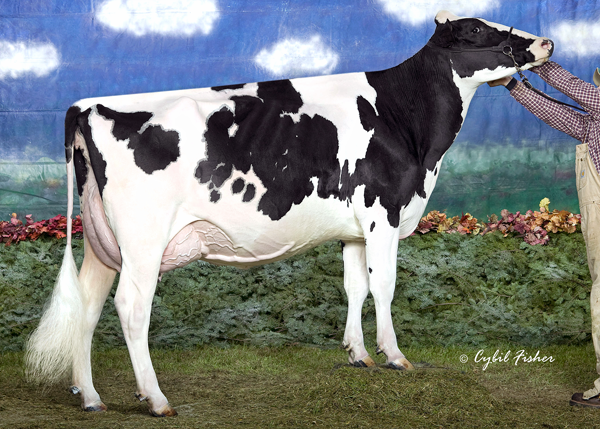
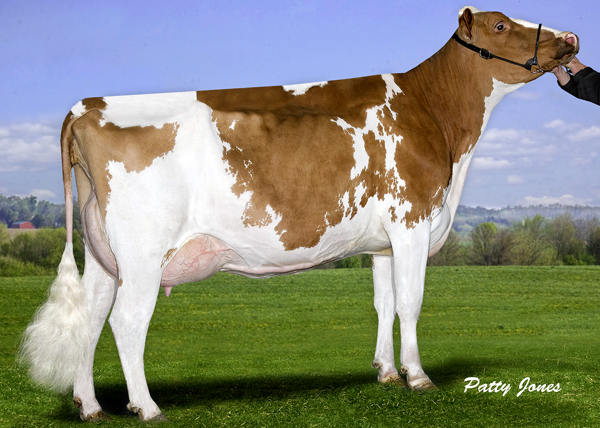

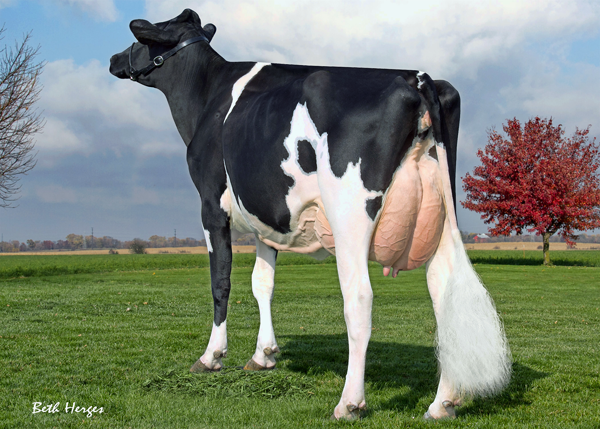
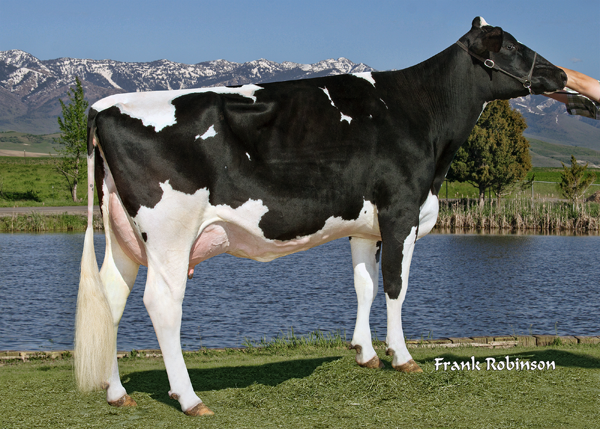
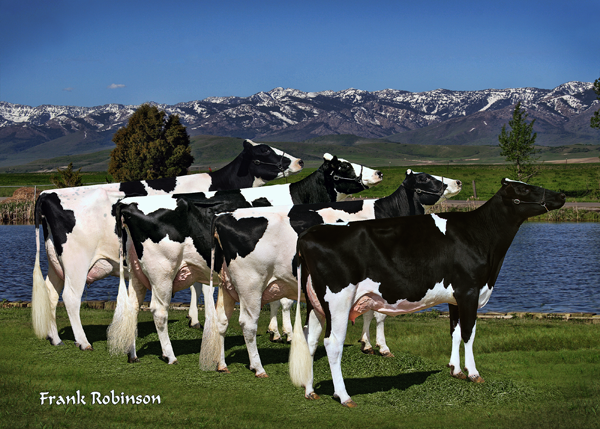
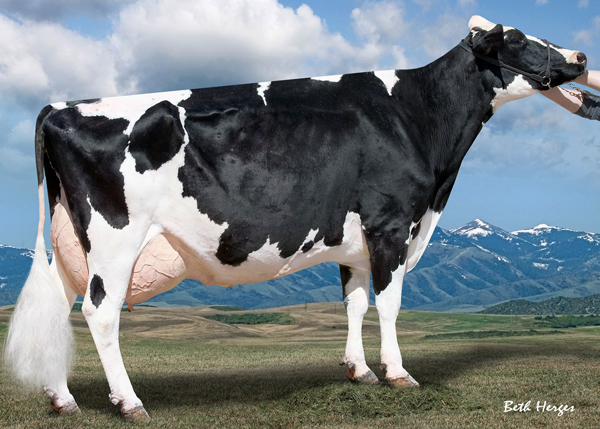
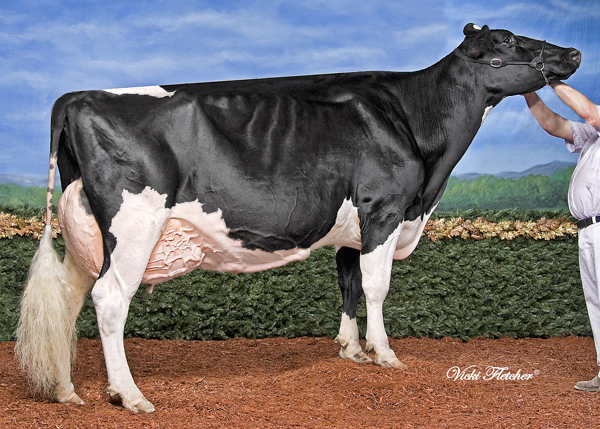
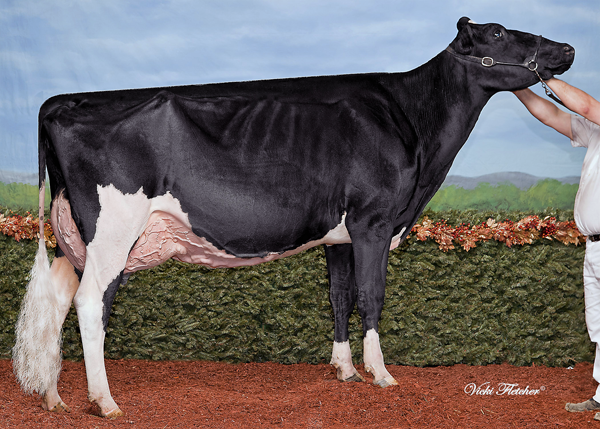
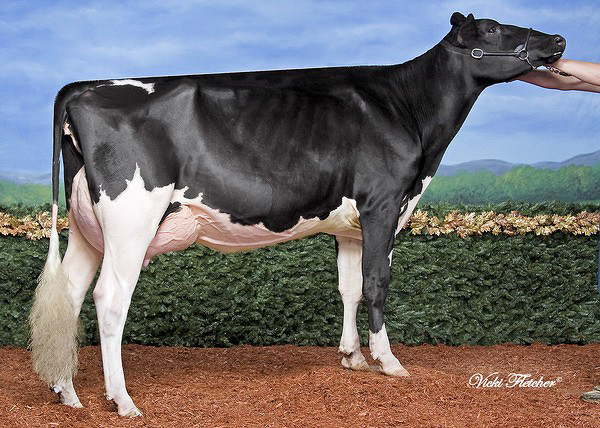
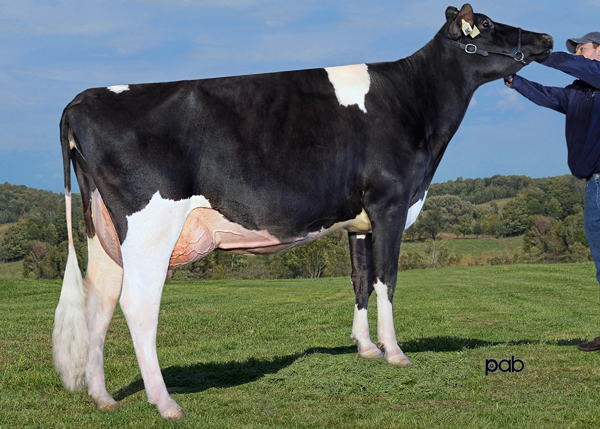
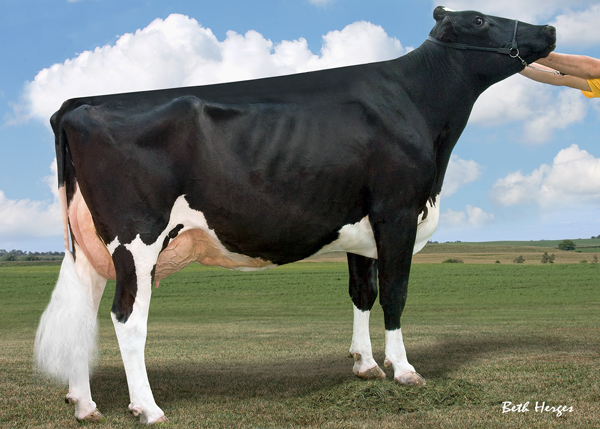
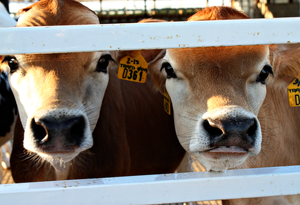
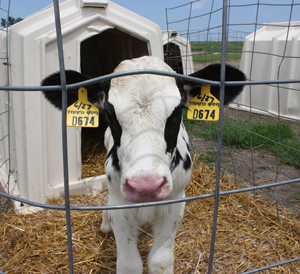 AT THE END OF THE DAY, LOOK FOR BIG BENEFITS NOT PREVIOUSLY ACCESSIBLE
AT THE END OF THE DAY, LOOK FOR BIG BENEFITS NOT PREVIOUSLY ACCESSIBLE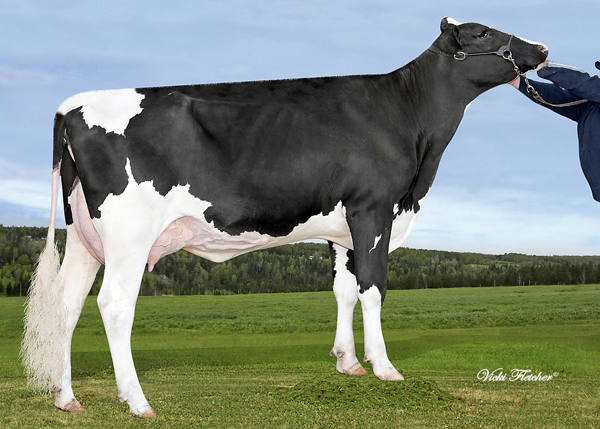
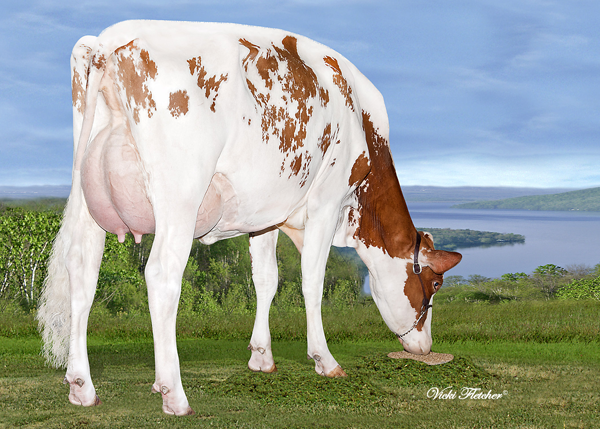
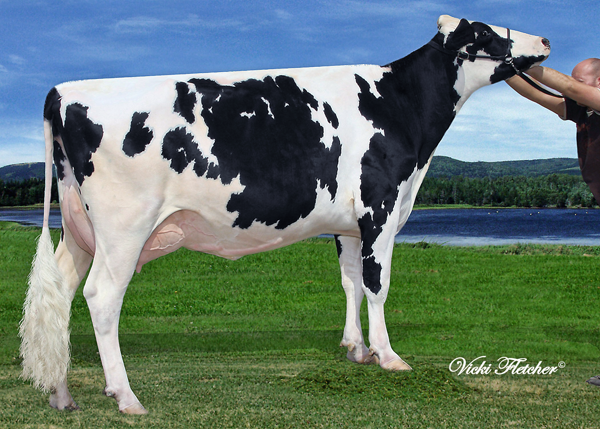
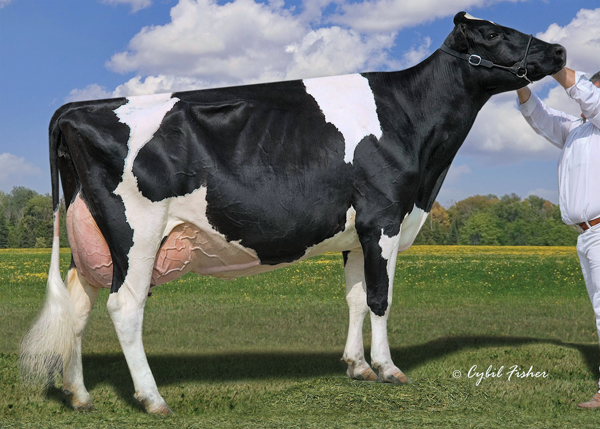
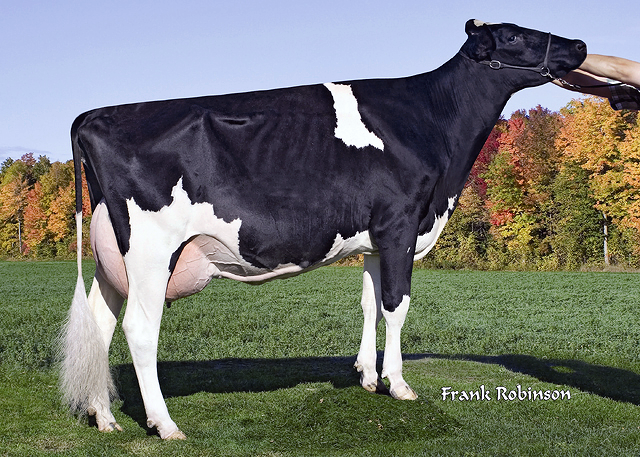
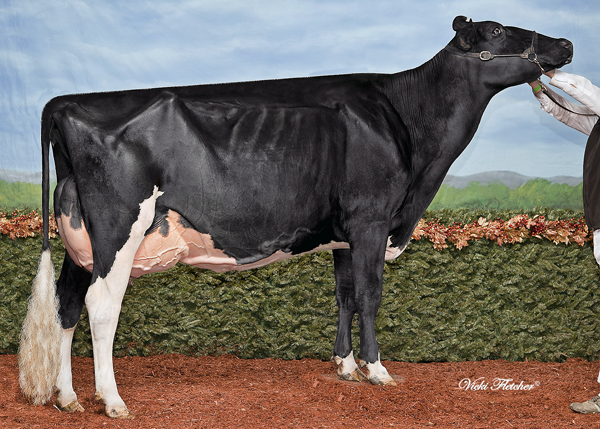
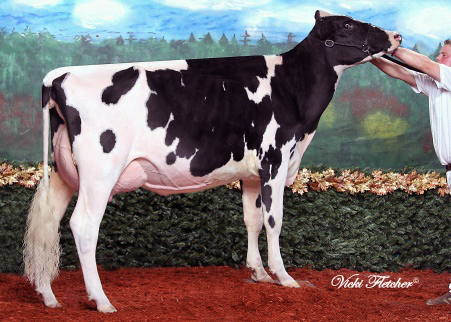
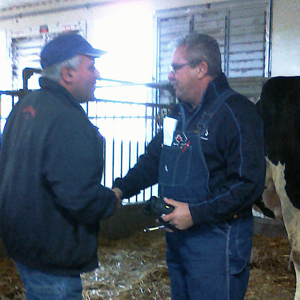 UDDERLY EXCELLENT
UDDERLY EXCELLENT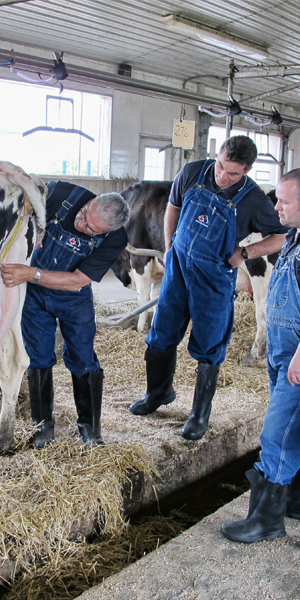 FACING FORWARD WITH CLASSIFICATION
FACING FORWARD WITH CLASSIFICATION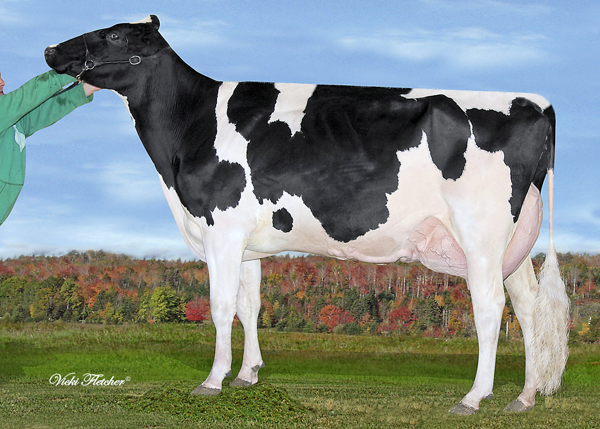
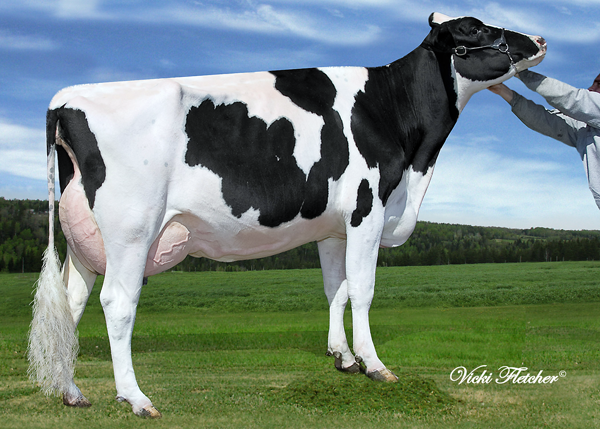
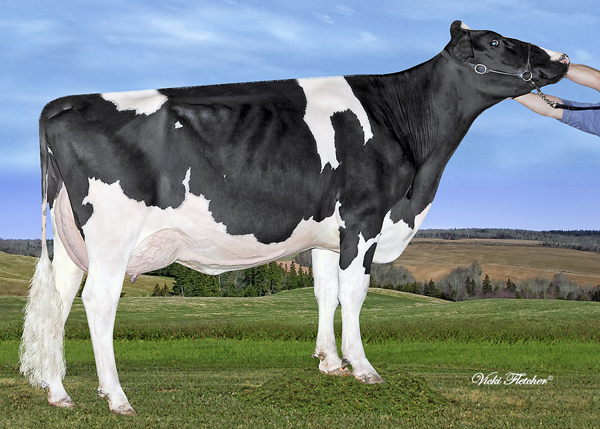
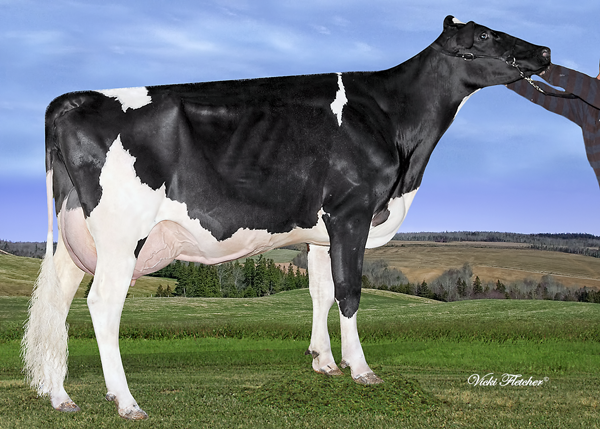



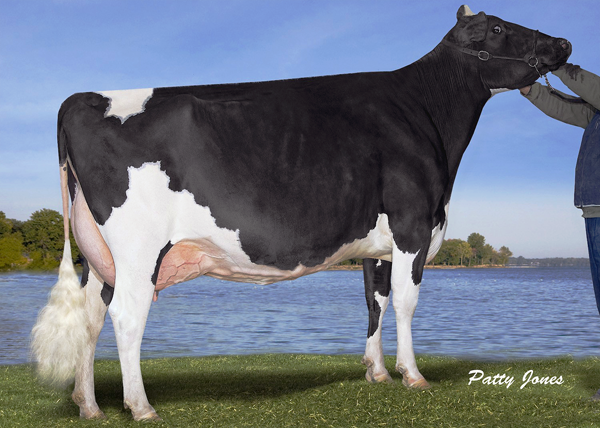
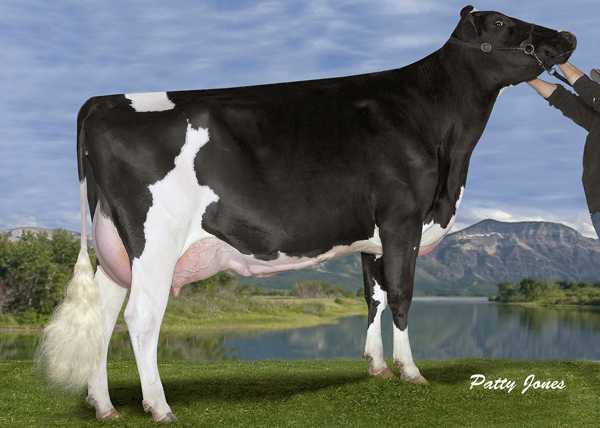

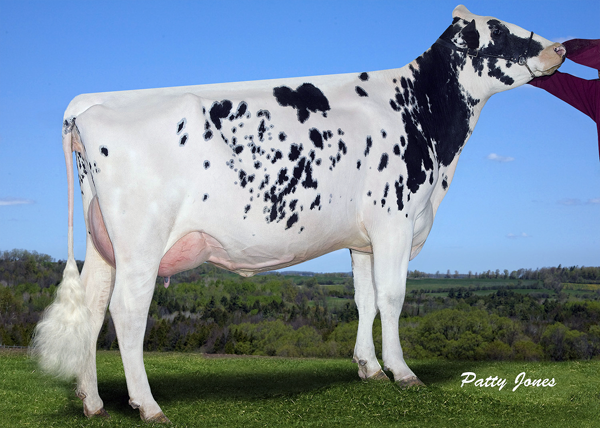

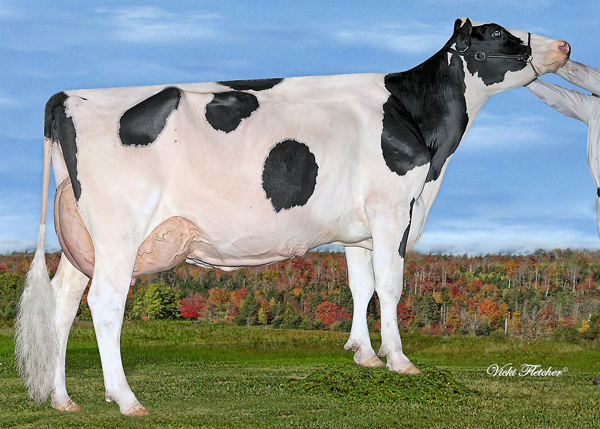
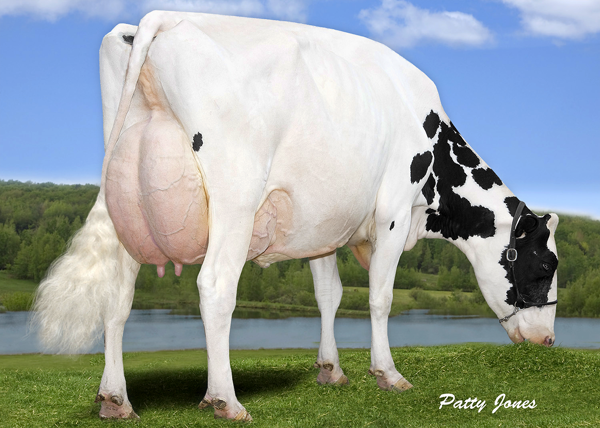

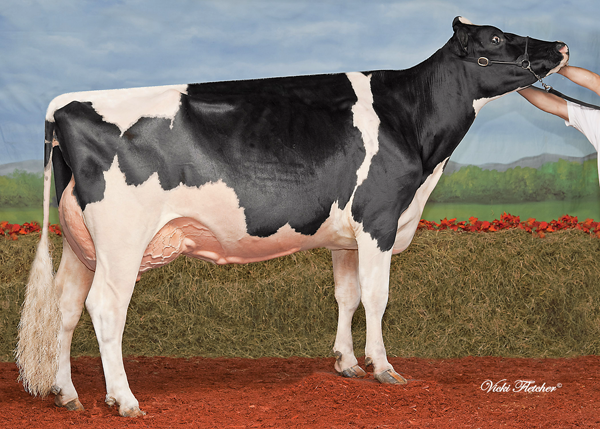
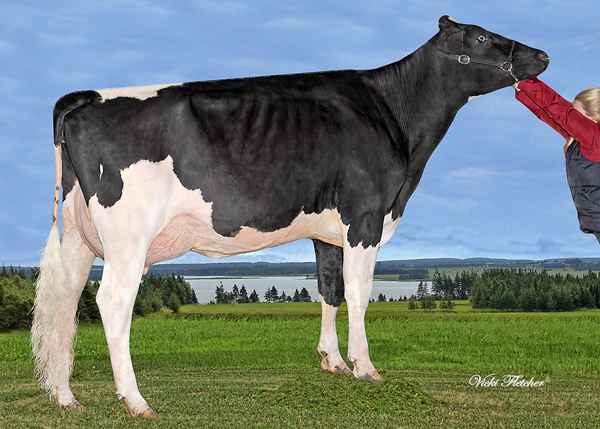
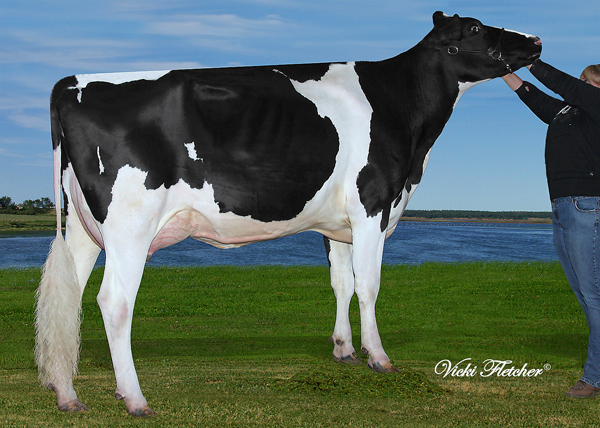
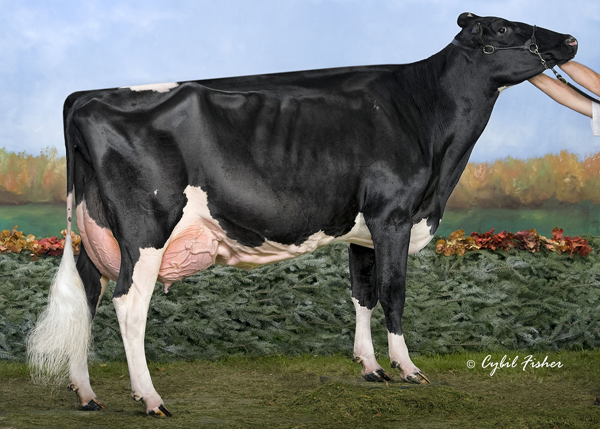
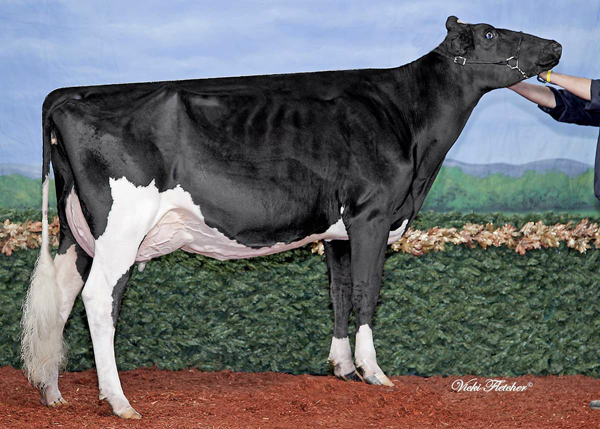
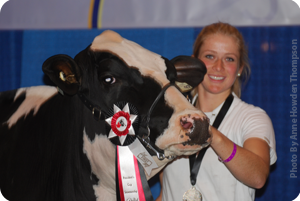 Twenty-five year old Cristy grew up on her parent’s dairy farm, Monteith Holsteins, in Georgetown, Ontario. “My parents exhibit both dairy cattle and Clydesdale horses, so I became involved with competing at an early age. I also began competing in hunter/jumper competitions when I was young and continued to keep a horse and compete until late in high school. Through 4-H my sister and I also acquired and began breeding and showing sheep, so we truly had a well-rounded experience in terms of animal care and competition.”
Twenty-five year old Cristy grew up on her parent’s dairy farm, Monteith Holsteins, in Georgetown, Ontario. “My parents exhibit both dairy cattle and Clydesdale horses, so I became involved with competing at an early age. I also began competing in hunter/jumper competitions when I was young and continued to keep a horse and compete until late in high school. Through 4-H my sister and I also acquired and began breeding and showing sheep, so we truly had a well-rounded experience in terms of animal care and competition.”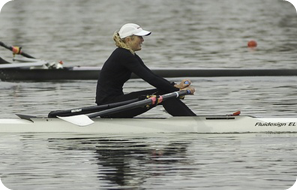 After playing a year of varsity basketball at the University of Guelph, I was looking for a new sport and a new challenge. At the Don Rowing Club Cristy recalls, “I took to the sport very quickly and began to have race and physiological testing results that caught the attention of the national team coaches. By 2010 I was invited to move to the National Training Centre in London, Ontario.” This has meant raising the bar on her goals. “Right now, I am in Olympic Selection Camp, which is essentially a narrowed-down group of athletes who are still in contention for spots on the Olympic team. I won’t know until the end of May if I will be on the Olympic team, so my biggest goal right now is to be re-selected to the women’s 8. And, of course, to stand on the podium at the London games if I do so.”
After playing a year of varsity basketball at the University of Guelph, I was looking for a new sport and a new challenge. At the Don Rowing Club Cristy recalls, “I took to the sport very quickly and began to have race and physiological testing results that caught the attention of the national team coaches. By 2010 I was invited to move to the National Training Centre in London, Ontario.” This has meant raising the bar on her goals. “Right now, I am in Olympic Selection Camp, which is essentially a narrowed-down group of athletes who are still in contention for spots on the Olympic team. I won’t know until the end of May if I will be on the Olympic team, so my biggest goal right now is to be re-selected to the women’s 8. And, of course, to stand on the podium at the London games if I do so.”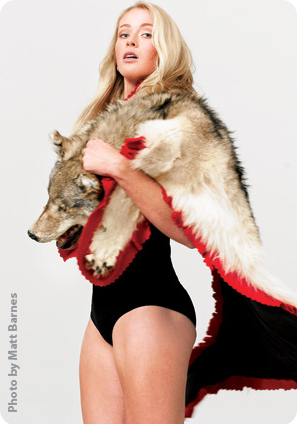
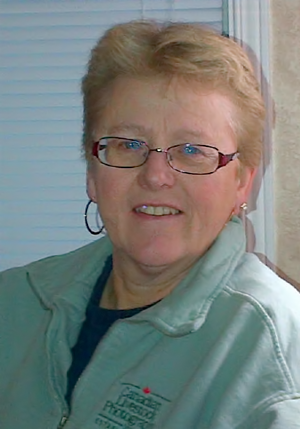 Patty Jones has a passion for cows and for people who share that passion. “I work with a lot of new young farmers. I tell them off the bat what they need to do.” And she says they listen and pay attention. No doubt they recognize that with nearly forty years of experience photographing between 60 and 65000 cows, she knows what she’s talking about. Even longtime clients of Canadian Livestock Photography occasionally forget details. Patty says the young guys know this is important. “I wouldn’t be working if I didn’t help my clients make money. They’re not just taking pictures for the hell of it”! She is sincere about what everyone is aiming for. “If I can help farmers, especially the younger guys, to get going and make a little bit more out of their investment. What the heck? That’s what I do it for.”
Patty Jones has a passion for cows and for people who share that passion. “I work with a lot of new young farmers. I tell them off the bat what they need to do.” And she says they listen and pay attention. No doubt they recognize that with nearly forty years of experience photographing between 60 and 65000 cows, she knows what she’s talking about. Even longtime clients of Canadian Livestock Photography occasionally forget details. Patty says the young guys know this is important. “I wouldn’t be working if I didn’t help my clients make money. They’re not just taking pictures for the hell of it”! She is sincere about what everyone is aiming for. “If I can help farmers, especially the younger guys, to get going and make a little bit more out of their investment. What the heck? That’s what I do it for.”